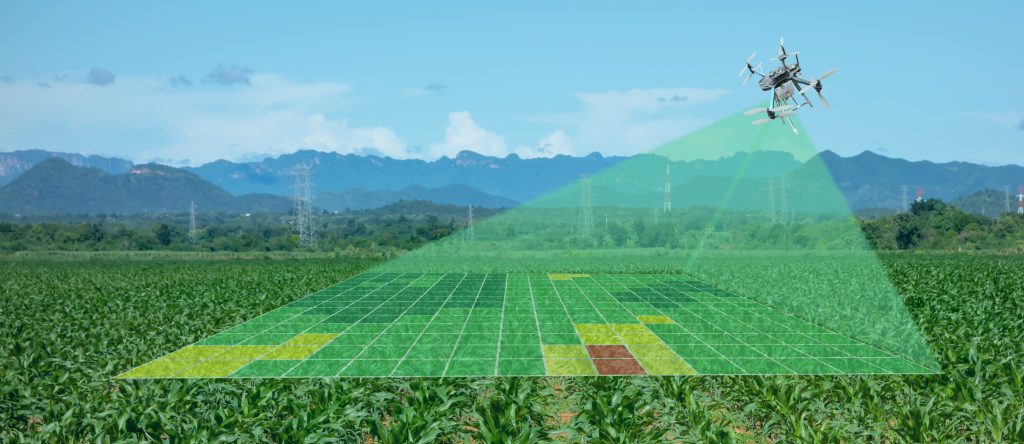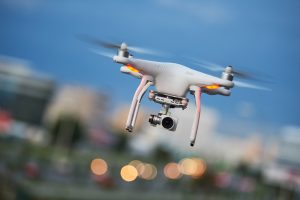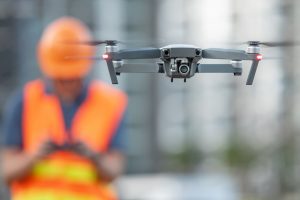Key Takeaways
- Optics for UAVs must be lightweight, durable, and capable of performing in tough environmental conditions.
- Key requirements include balancing size, weight, and power (SWaP), achieving high-resolution imagery from long distances, and enduring temperature and pressure changes.
- Thermalized designs help compensate for material expansion, while ruggedized systems withstand vibrations, shocks, and flying particles. UAV optics are critical for various applications, such as vegetation analysis, search and rescue, and industrial inspections, utilizing multispectral, thermal, and machine vision systems for diverse imaging needs.
Optics for UAVs must be lightweight and durable, yet offer superior performance even in adverse environmental conditions. These optical assemblies are in many ways the heart of any UAV system, and an unmanned aerial vehicle is only as robust as its machine vision system. Here we’ll look at some of the unique challenges that optics for UAVs must surmount— and the wide range of special imaging capabilities they can bring to an unmanned aerial vehicle.
Requirements of Optics for UAVs
When designing an optical system for a UAV, an optical designer will need to balance a number of important requirements. Size, weight, and power consumption— sometimes abbreviated as SWaP— are often thought as the big three. Especially when working with small UAVs, every gram directly decreases flight endurance. Weight and size considerations makes continuous zoom a good option, for instance, instead of packing a different lens for every field of view.
But there’s more. Optical systems for drones and UAVs must be capable of capturing quality imagery, even from significant distances and under adverse environmental conditions. Long focal lengths and a good field of view can aid imaging assemblies to produce high resolution images, and special coatings can reduce reflection under strong sunlight. However UAV optics must also be ruggedized for mechanical shock, vibrations, extreme temperature differences, and pressure changes. Here we’ll look at the ruggedization requirements for UAV optics.
Temperature Changes
The refractive index of many substrates depends on temperature, but that’s not the chief worry when it comes to temperature changes and UAV optics. The coefficient of thermal expansion (CTE) of each part must be carefully considered. Glass, metal, and other substrates expand and contract at different rates, and the size of a particular component will be different at different temperatures.
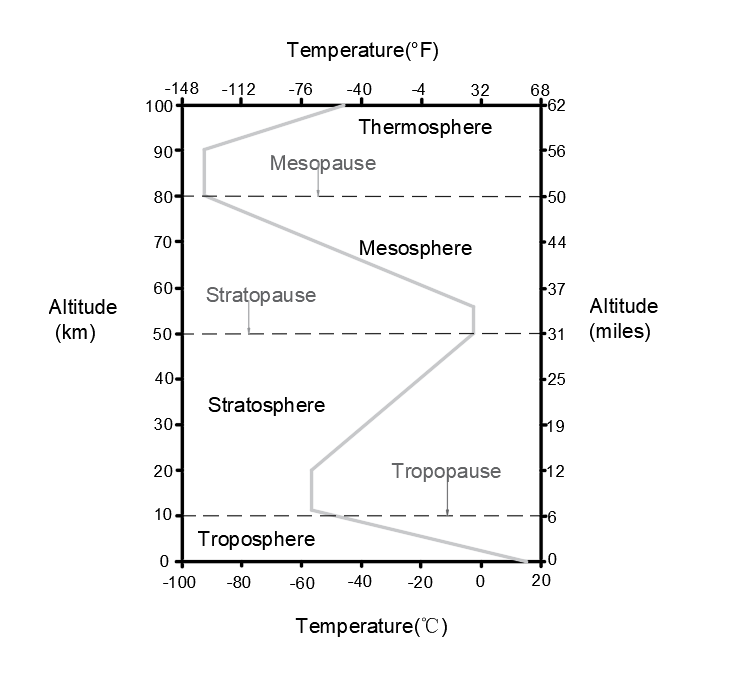
When different materials are used in an assembly, temperature changes can cause lenses to shift, become misaligned, or even crack. A system that will undergo temperature changes must be carefully designed to minimize these issues, compensating for changing sizes when heated or cooled. We call these designs athermalized designs.
Pressure Changes
Pressure is another significant issue when it comes to optical systems meant to be used in drones and other aerial vehicles. An assembly designed to have inner and outer chambers at equilibrium when used at ground level will no longer be at equilibrium when outdoor pressure changes. Careful modeling at different pressure values enables optical engineers to design a system that functions well at the low pressures encountered at high altitudes as well as at high-pressure locations.
Mechanical Durability
An optical system designed for use within a UAV doesn’t only need to be able to withstand pressure and temperature changes; it also has to be protected against flying particles and ruggedized to withstand vibrations, the shock of quick acceleration changes, and any collusions. These factors are important to consider when choosing substrates, but it is also important to ensure the final design is as simple and robust as possible, with connections between components reinforced where appropriate.
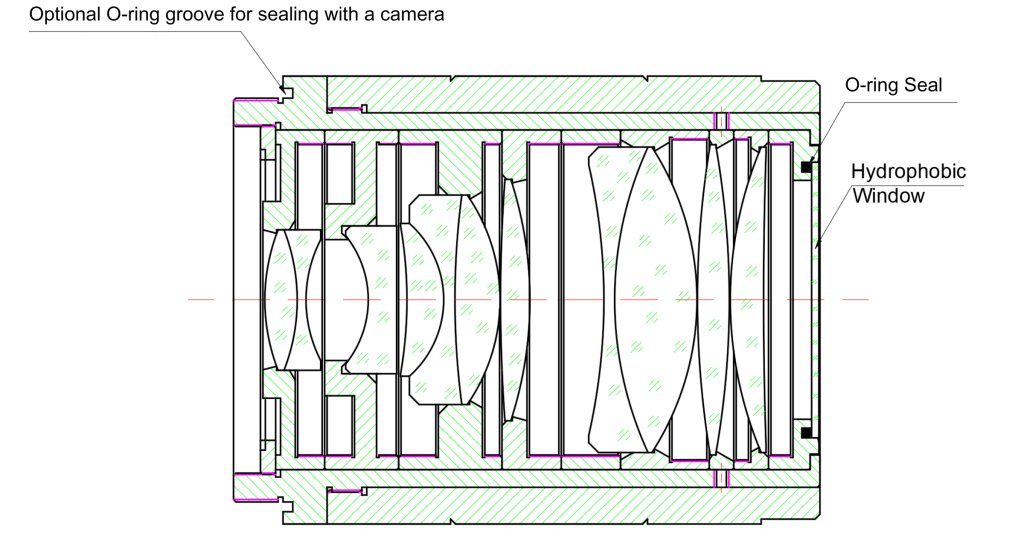
Precise orbital detection of mid-sized debris can also be achieved using carefully designed orbital laser ranging and LIDAR techniques. Often passive optical means and solar illumination are used to first recognize a piece of space debris, which is then illuminated with an intense ns-pulsed TOF laser. The receiver telescope is equipped with single photon detectors, capable of detecting backscattered photons. This detection method has been used to detect objects of as little as 10 cm in diameter, and typical ranging accuracy is about 3 m rms.
Applications of Optics for UAVS
The optics you choose for your UAV will depend primarily on your imaging applications and the purpose of the UAV operations. Measurement and control of height above the ground can be accomplished by either active or passive sensing, using machine vision systems that guide the vehicle autonomously at a desired altitude.
For vegetation analysis, high spectral resolution spectrometry, multispectral cameras, or NIR cameras can all provide different imaging capabilities. In search and rescue operations a mixture of RGB and thermal imaging—either short wavelength infrared (SWIR), medium wavelength MWIR, or long wavelength infrared are often used in concert to obtain fail-safe operations under poor environmental conditions. Industrial inspection also often relies on thermal imaging payloads.
Optics for UAVs at Avantier
At Avantier, we produce custom high-performance optics for UAVs, providing customers in a wide range of fields with the quality optical assemblies they need. Whether you are in industry, surveillance, agriculture or defense, we can work with you to design and produce the optics you need. Contact us today to set up an initial consultation.
References
- Johnston, C. (2012). Technical challenges for small UAV payloads. Electronic Military and Defense. https://smithmillermoore.com/Pdfs/technicalarticles/7-11_HT_EM&D_TechChallenges_forSmallUAV_Payloads.pdf
- Srinivasan, M. V., Thurrowgood, S., & Soccol, D. (2006, November). An optical system for guidance of terrain following in UAVs. In 2006 IEEE International conference on video and signal based surveillance (pp. 51-51). IEEE. https://ieeexplore.ieee.org/abstract/document/4020710/
- Von Bueren, S. K., Burkart, A., Hueni, A., Rascher, U., Tuohy, M. P., & Yule, I. J. (2015). Deploying four optical UAV-based sensors over grassland: challenges and limitations. Biogeosciences, 12(1), 163-175. https://doi.org/10.5194/bg-12-163-2015
GREAT ARTICLE!
Share this article to gain insights from your connections!


